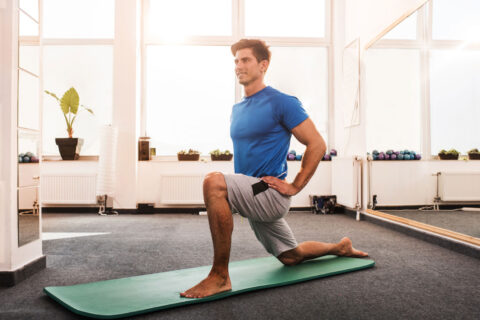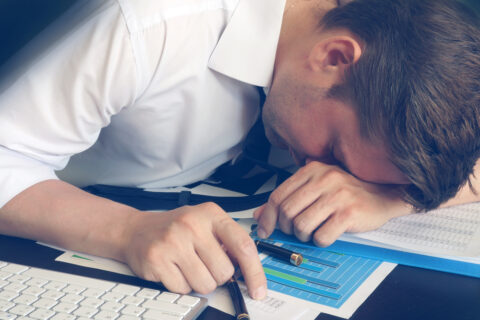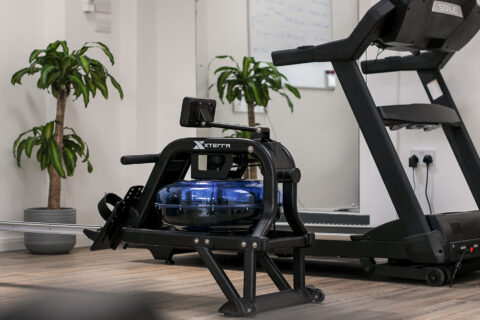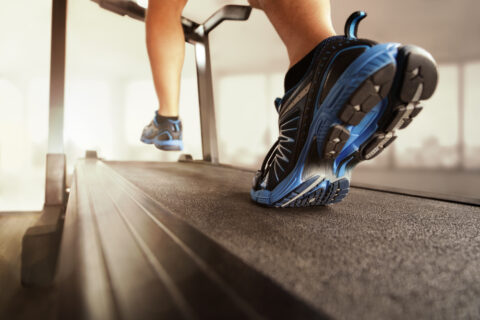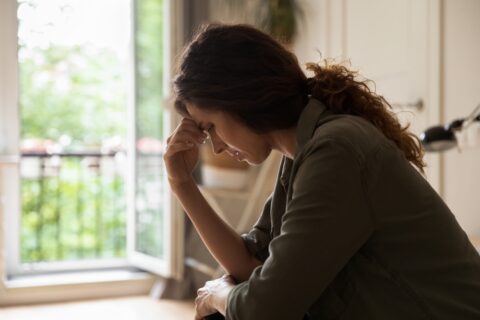Exercise is not necessarily for everyone.
Maybe you were not encouraged to exercise as a child, or, more likely, you had such a poor experience of sport at school that you vowed never to try again! Maybe you had been involved in an accident that prevented you from participating in activity for such a long time you simply lost the habit.
You’re not alone. Thousands of people have avoided exercise for decades during their lives. It could be down to laziness, injury, lack of time, or lack of confidence – not exercising is a common problem that seems to expand the longer it goes on.
The trouble is when you’re younger, and fitter, the lack of exercise does not seem to be that much of an issue, particularly if you are lucky enough not to put on weight. However, as you get older, your body goes through a number of changes that might lead to muscle loss and weight gain, as well as an increased risk of a number of other physiological changes that might put your overall health at risk.
These include a risk of osteoporosis, gallstones, and hypertension. Inadequate exercise can also lead to an increase in the risk of colon cancer – your digestion slows down, and waste is sat in your system for longer than it should. Physical activity is also a great regulator of hormones. If your hormones are out of balance, you are at greater risk of breast cancer.
How to start exercising after a long time
Please rest assured it is never too late to start exercising, no matter how many years you have led a sedentary life.
First and foremost, replace the word ‘exercise’ with ‘movement’. There is a marked difference between the two. ‘Exercise’ can have negative connotations that put you off before you even start. However, movement is a far gentler, more achievable approach that doesn’t evoke an image of running hell for leather on a treadmill and collapsing in a sweaty mound.
Integrating more movement back into your life is the one thing you can do simply, easily, and inexpensively. If you are looking to increase exercise after injury, then that movement might simply be a case of walking to the end of the drive and back, then to the end of the road, then around the block, in a time frame that is not pressured but does keep encouraging you to make tiny steps of progress day by day.
The important thing to remember here is the compounding nature of progress. From one day to the next, you might not feel as though you are moving forward. However, a tiny bit of effort, day by day, will soon add up week by week, and before you know it, you could be doing laps of the park.
What happens when you start exercising after a long time?
The impact on your physiology when you start to move more is almost immediate.
- Your blood pressure lowers, which lowers your resting heart rate and decreases cholesterol levels, thereby reducing your risk of cardiovascular disease.
- Your muscles ache – this is a good thing! Exercising causes tiny tears in the muscle fibres and connective tissues, which then help the muscle to build back stronger. Learn to embrace the ache (but if it’s a real pain, be careful and seek professional help).
- The flow of blood to the brain increases, raising mental clarity.
- You feel more energetic
Manage your own expectations
Make sure that you don’t put too much pressure on yourself; otherwise, you might risk abandoning all your well-intentioned plans. Think realistically about what you can do and achieve. Starting to move after a long period of inactivity will trigger changes and improvements, but there are three things you must remember:
- Those changes will take time and effort to achieve. Consistency is going to be your best friend. And the great thing about consistency is that it is the very foundation of building habits.
- Look back as well as look forward. After a week, look back at what you’ve achieved over that week and be proud of yourself. After a month, look back at what you’ve achieved over that month, and be proud of yourself. Always give yourself credit.
- If you slip up, forget, avoid an opportunity to ‘move’, and don’t beat yourself up. See it as a simple ‘blip’ and get right back on the wagon. That way, you don’t over-catastrophise the slip-up into a complete failure and simply slip back into good habits again.
If you need support getting back to some degree of movement, maybe you’re looking to start to exercise again after injury, or simply don’t know where to start, then at Be You Health Studios, we have the knowledge and resources to help. Our discrete and private facilities mean that you don’t have to face hordes of fit, Lycra-clad gym aficionados, and you can start moving again in an exclusive environment with like-minded people. If you’d like to know more about Be You, you are very welcome to come a see our facilities. Simply drop us a line telling us a bit about yourself, and we’ll look forward to welcoming you to our Lincoln Road studios.


